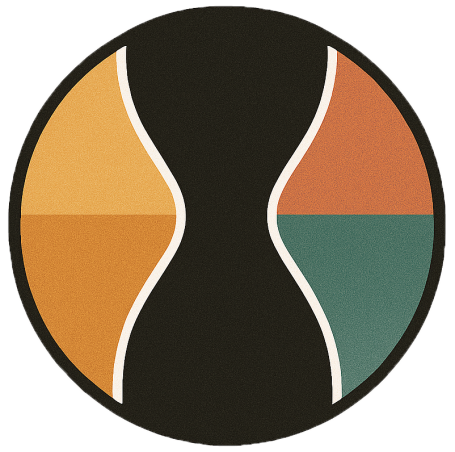Deep Autumn Colour Analysis: A Comprehensive Guide
Have you ever worn a cool, icy shade and felt like it drained the richness from your face?
Or slipped into a deep, warm auburn or rich chocolate and noticed your features instantly come alive with depth and glow?
If you’re naturally drawn to deep, warm tones with rich, earthy intensity, you might be a Deep Autumn. This guide will help you understand the Deep Autumn palette, discover your most flattering colours, and build a wardrobe and beauty routine that brings out your natural depth and vibrant warmth.
Deep Autumn Colour Key Characteristics

Picture skin with a naturally warm or golden undertone. It may range from medium to deep, often with a rich, sun-kissed glow and warm undertones of bronze, caramel, or golden beige.
Hair is typically deep and vibrant in appearance – think dark auburn, deep chestnut, rich mahogany, or warm black with subtle golden or reddish highlights.
Eyes are intense and expressive, often in shades like deep amber, dark hazel, warm brown, or rich olive. They carry a glowing, earthy warmth that complements your deep complexion.
If your features come alive in deep, warm shades like burnt sienna, dark olive, or rich chocolate – and cool, icy colours make you look washed out or dull – the Deep Autumn palette is likely your best match.

Uncertain about your season? Take our free, user-friendly colour analysis quiz to kickstart your journey.
Deep Autumn is one of the richest and most intense seasons in the 16-season colour analysis system, defined by deep warm undertones, high contrast, and a luxurious, earthy warmth. It sits between the grounded richness of True Autumn and the bold depth of Deep Winter, creating a palette that feels like the dark, glowing woods of late autumn.
This palette reflects your natural depth and vibrant intensity. Picture yourself in a deep aubergine blouse or a burnt sienna scarf. Your skin radiates warmth, your eyes gleam with depth, and your overall look feels powerful and grounded. These colours don’t just complement your features—they magnify your rich, glowing presence.
Characteristics Overview
Deep Autumn Palette: Hue, Chroma, Value Made Simple
What makes this palette so special? Colour analysis breaks it down into three key elements: hue, chroma, and value. These help identify the shades that naturally enhance your warm depth, vibrant richness, and glowing intensity. Here is how they define the Deep Autumn colour palette:
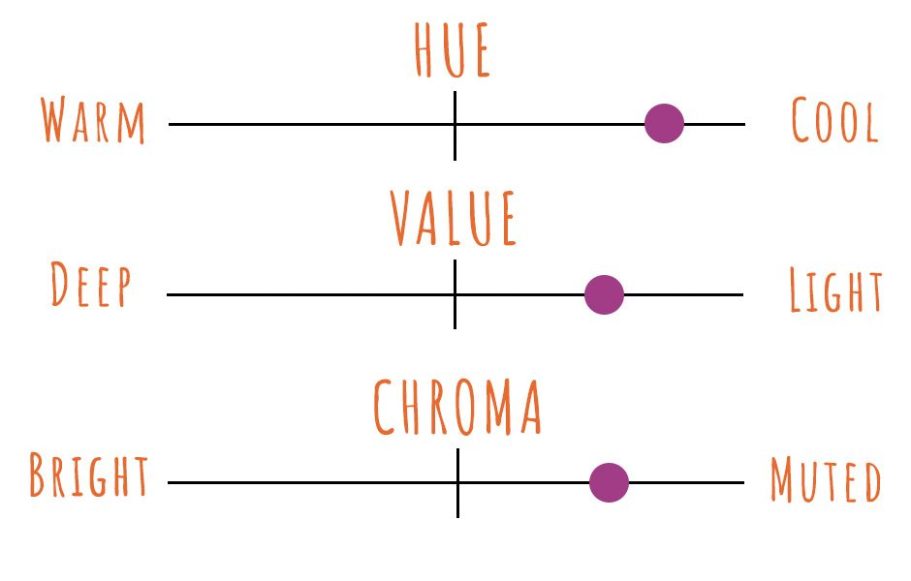
Hue (The Warmth Factor)
Hue refers to a colour’s temperature – whether it leans warm or cool.
Deep Autumn sits firmly on the warm side of the spectrum. Its colours are deep, rich, and earthy, with no cool or blue undertones. Think burnt sienna, dark olive, rich mahogany, and deep mustard. Cool or icy shades can clash with your natural warmth, making your complexion appear dull or flat.
Value (The Lightness Level)
Value measures how light or dark a colour appears.
Deep Autumn colours tend to fall in the medium-deep to deep range. The palette favours rich, warm shades that reflect your natural depth and intensity. Very pale colours can feel too light or washed out, while overly dark tones work best when they carry warmth and richness. Deep earthy hues like burnt sienna, dark olive, and rich chocolate are most flattering, creating balance and vibrancy without overwhelming your features.
Chroma (The Boldness Boost)
Chroma refers to a colour’s intensity or softness.
Deep Autumn sits in the medium-low to medium chroma range, meaning its colours are rich, warm, and deep without being overly bright or flashy. The tones are full-bodied and earthy – think burnt sienna, deep olive, and rich chocolate. Neon or highly saturated shades tend to feel too sharp and can overpower your naturally grounded colouring.
This palette’s deep warmth sets it apart from the brighter clarity of Warm Autumn and the softer muted tones of Soft Autumn. Your Deep Autumn palette is rich, glowing, and naturally vibrant – a collection of earthy, golden-hued shades that bring warmth and depth to your look.
Ready to leave behind icy pastels and bright neon's and embrace a palette that reflects your natural richness?
Let’s explore how to build your signature style using these warm, deep hues.
Deep Autumn Capsule Wardrobe Colour Palette
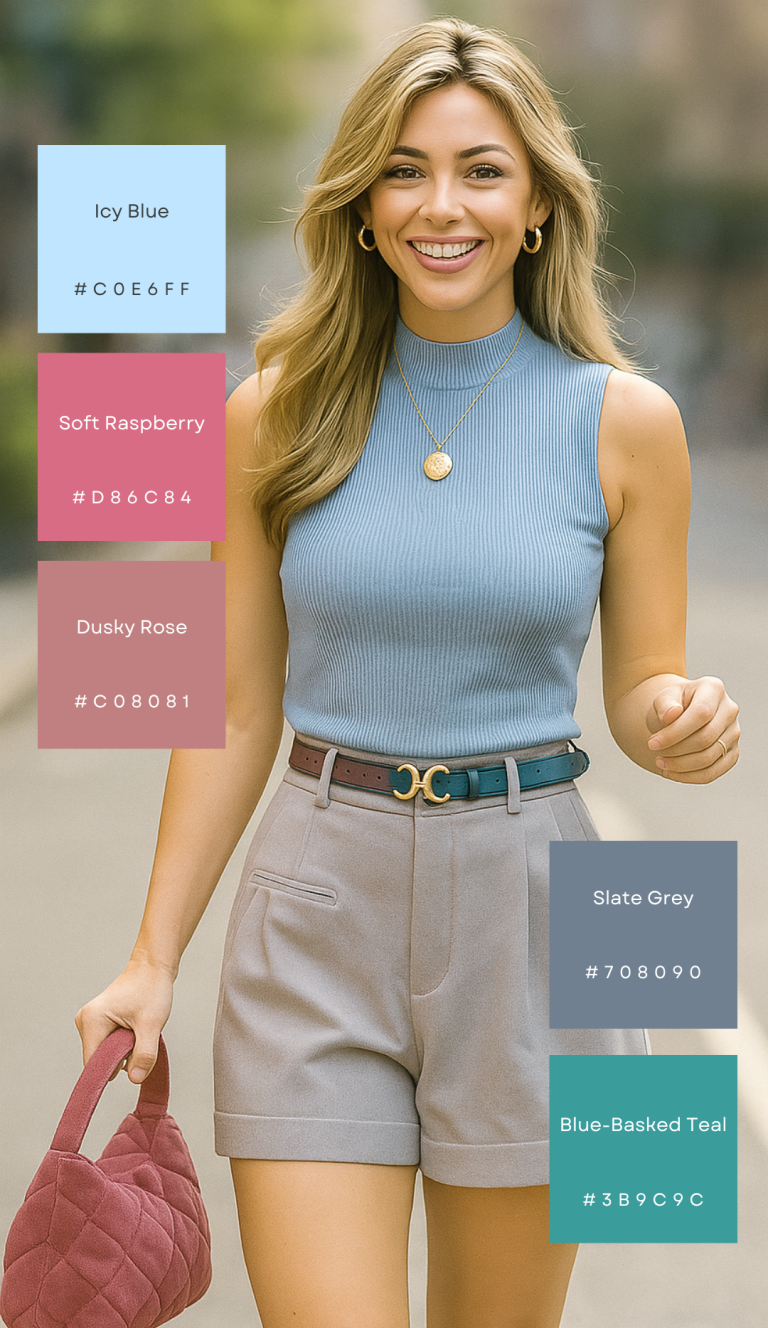
The Deep Autumn colour palette is rich, warm, and intense within the Autumn family, and your capsule wardrobe should reflect its luxurious, earthy elegance.
Imagine deep autumn forests under a glowing sunset – your core colours are dark, warm essentials such as burnt sienna, deep olive, rich camel, dark chocolate, and warm mustard.
These Deep Autumn shades form the foundation of your wardrobe, creating a harmonious and powerful look that enhances your natural depth without overwhelming your features.
A burnt sienna blouse, a deep olive skirt, or a rich camel cardigan can be effortlessly mixed and matched, making your Deep Autumn wardrobe feel cohesive, striking, and easy to wear.
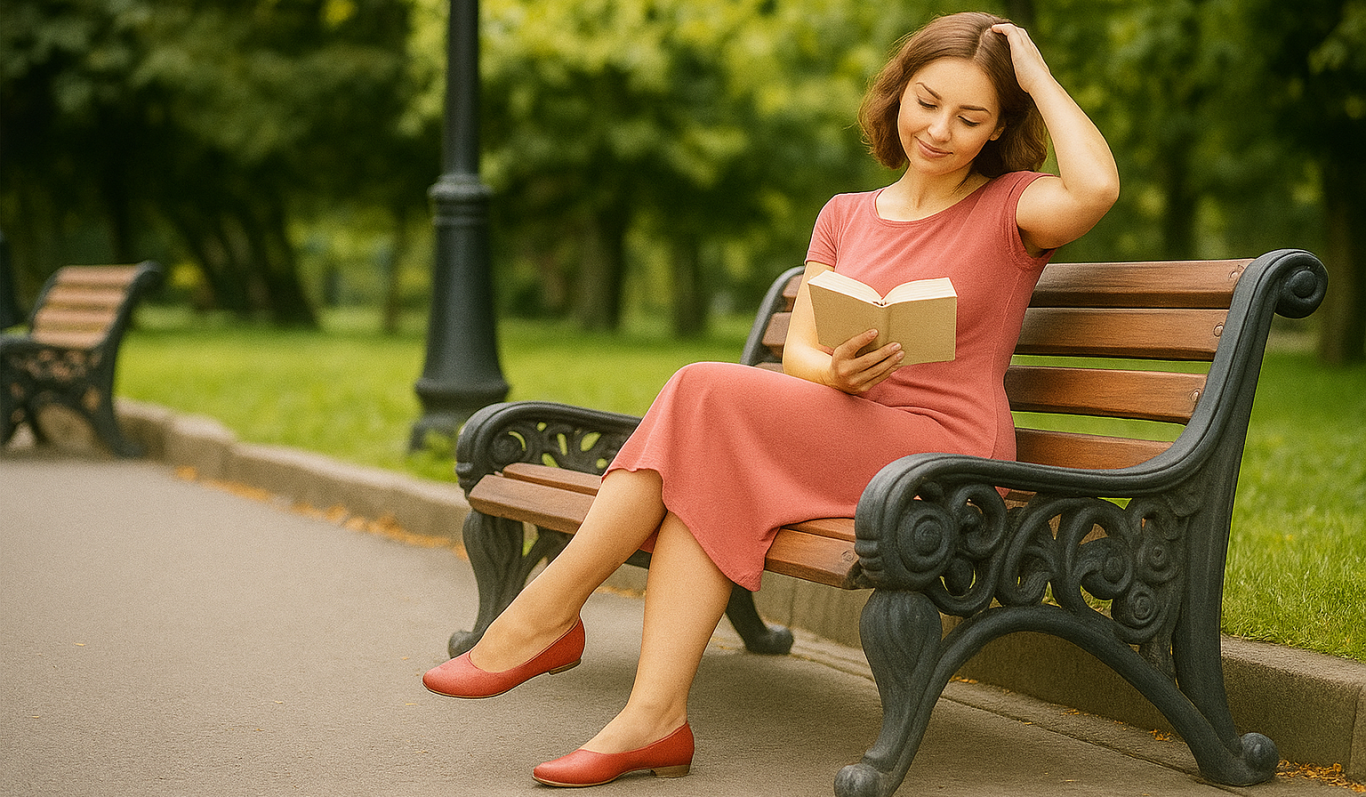
Style tip: Choose a tailored blazer in rich camel or a burnt sienna midi dress. These deep, glowing tones reflect your natural warmth and enhance your vibrant colouring with effortless sophistication.
Deep Autumn Accent Colours

To keep your wardrobe feeling cohesive yet expressive, the Deep Autumn palette includes a range of accent colours that add deep contrast and warmth while staying true to your rich, natural aesthetic.
Think burnt sienna, deep olive, warm mustard, rich aubergine, or dark terracotta.
These accents add depth and variation without overpowering your naturally vibrant features. They bring a grounded, luxurious touch of colour that feels both elegant and effortlessly harmonious.
To wear them well as a Deep Autumn, combine these accents with your neutral base shades – try a burnt sienna scarf with a rich camel blouse for subtle contrast, or a deep olive cardigan over a soft beige dress for a look that feels deep, layered and confidently warm.
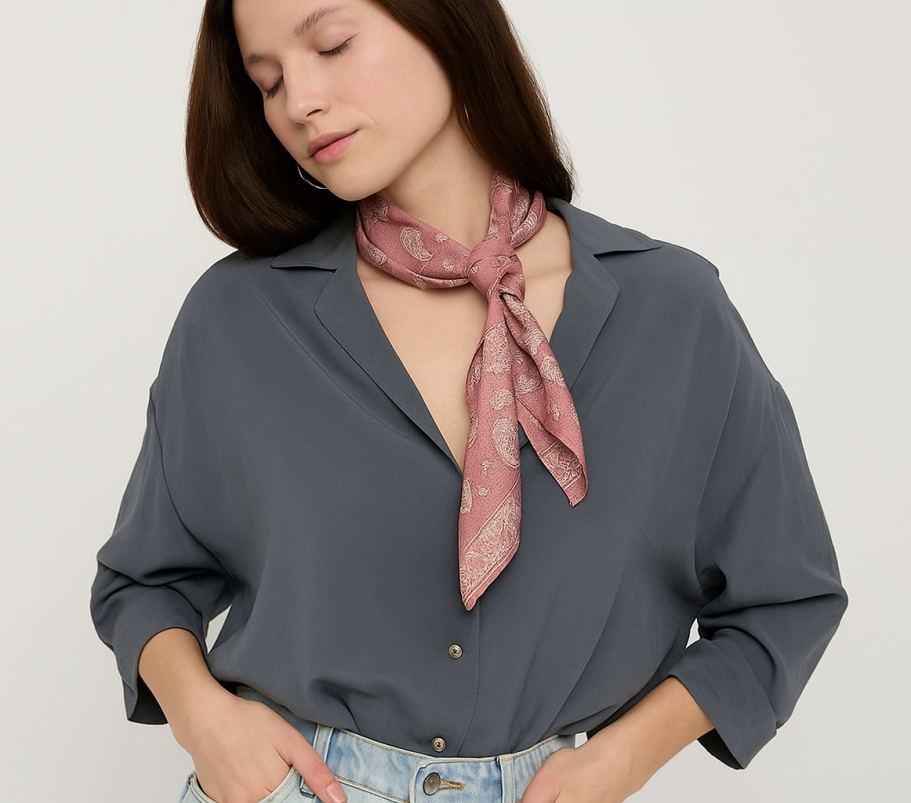
A deep aubergine handbag can add a warm pop of colour to a soft beige outfit, while rich olive brings a fresh lift when worn as a cardigan over a creamy neutral blouse.
Balance is key – let one accent colour take the spotlight at a time to maintain the rich, harmonious feel of your Deep Autumn palette.
Colours to Avoid as a Deep Autumn
Not every shade complements your deep, warm richness. As a Deep Autumn – with your intense, earthy glow and strong warmth – certain colours can disrupt your natural harmony.
Ditch Bright Clear Red, Choose Deep Burgundy Instead

Bright, fiery reds are too sharp and can overpower your rich colouring. Deep burgundy or warm maroon offers a sophisticated, flattering alternative that enhances your depth.
Ditch Cool, Bright Blue, Choose Muted Teal Instead

Bright turquoise or icy blues clash with your warm undertones and can make your skin look dull. Muted teal or deep forest green harmonise beautifully with your palette.
Ditch Light, Warm Neutrals, Choose Rich Cocoa Instead

Light camel or beige tones can appear washed out against your deep colouring. Rich cocoa, warm chocolate, or deep caramel neutrals provide the perfect backdrop.
Ditch Pale, Cool Grey, Choose Soft Charcoal Instead

Pale or cool greys feel too cold and flat against your warmth. Soft charcoal or warm graphite greys are much more flattering.
Deep Autumn Sister Palettes

New to seasonal colour analysis?
Sister palettes are those close to your main season – similar enough to borrow from while staying comfortably within your rich, warm spectrum.
For Deep Autumn, with its deep, warm, and intense energy, the sister palettes are True Autumn and Deep Winter. Here’s the breakdown:
True Autumn

The True Autumn palette is Deep Autumn’s warmer, softer sibling. It shares the warm undertone but leans toward medium depth and less intensity.
It’s earthier and lighter than Deep Autumn’s rich depth, with colours like burnt orange, olive green, and warm caramel. If Deep Autumn is your home, you can often wear True Autumn’s less intense shades without losing your natural vibrancy.
Deep Winter

The Deep Winter palette is Deep Autumn’s cooler, darker cousin. It shares the deep intensity but has a cool, blue-based undertone and sharper contrast.
It’s darker and more dramatic than Deep Autumn’s warm richness – think black, deep navy, and cool charcoal. If you are a Deep Autumn, you can sometimes borrow Deep Winter’s less icy shades, like warm charcoal or muted plum, to add definition while staying true to your warm base.
Hair & Makeup for Deep Autumns

Deep Autumn is the essence of deep, glowing warmth – think the rich shadows and golden hues of a late autumn forest, with colours that are intense and luxurious.
When it comes to Deep Autumn hair colours and makeup, it is all about embracing rich, warm tones, profound depth, and vibrant shades that bring out your natural intensity without feeling harsh or heavy.
This palette’s strength lies in its depth – it allows you to enhance your features with a polished, glowing finish, whether you prefer a natural everyday look or something richly dramatic for a special occasion.
Let’s explore how to bring your Deep Autumn beauty to life.
Makeup Magic for Deep Autumns

Your makeup should feel warm, deep, and effortlessly natural – like the rich glow of a late autumn afternoon. It’s about enhancing your features with deep, warm tones that add dimension without harshness or heavy contrast.
Here’s your guide to the best shades to complement your Deep Autumn beauty:
Lipstick
Best shades: Burnt Coral, Pumpkin Spice, Deep Plum
Choose burnt coral for a warm flush that enhances your rich undertones, or try pumpkin spice shades to add gentle depth with a glowing, natural finish. Deep plum offers a touch more definition without feeling heavy or overpowering. Opt for satin or sheer finishes – heavy mattes can dull your natural vibrancy and warmth.
Blush
Best shades: Warm Peach, Burnt Sienna, Soft Cinnamon
Blush should enhance your warm undertones with a natural, radiant glow. Warm peach adds a fresh, healthy flush, while burnt sienna offers gentle depth without appearing harsh. For a slightly deeper option, try soft cinnamon – just ensure it carries warm undertones to complement your rich colouring. The goal is a seamless, glowing wash of colour that enhances your vibrant complexion.
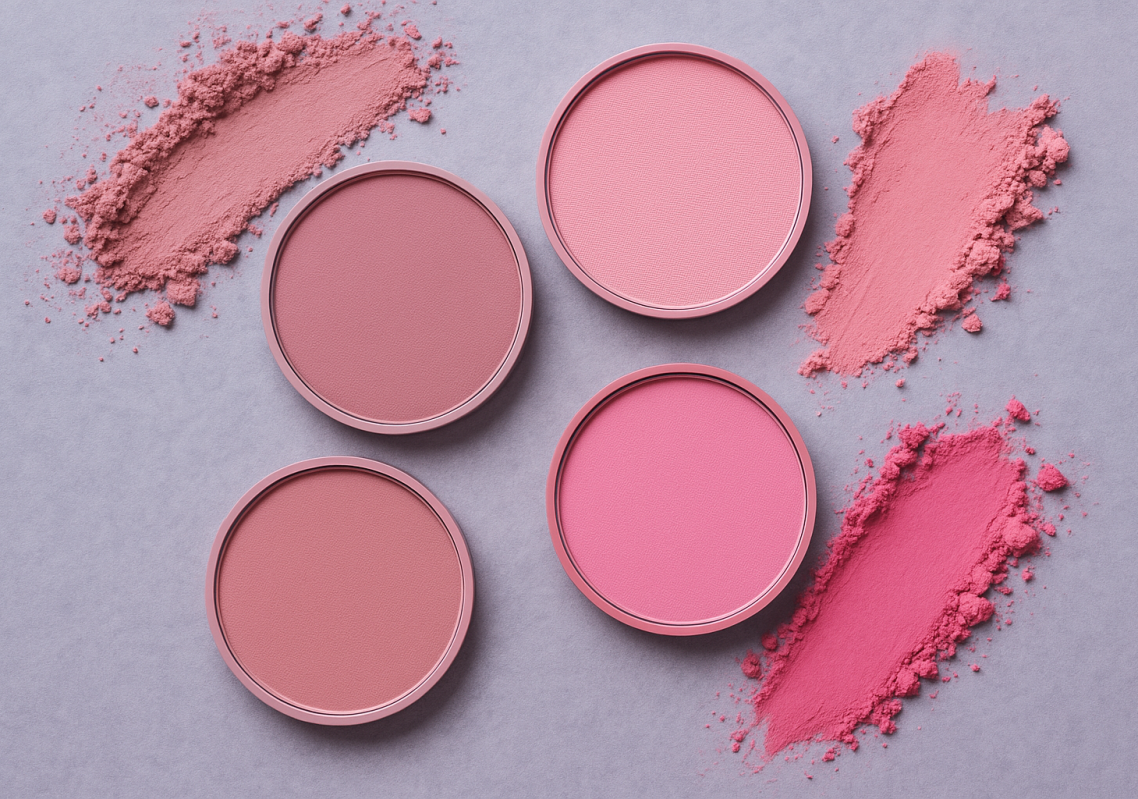
Eye Shadow
Best shades: Espresso Brown, Burnt Umber, Deep Forest Green
Eyeshadow for Deep Autumn should create rich, dramatic depth with warm undertones. Espresso brown offers a bold, smoky base that enhances your natural eye colour. Burnt umber adds warmth and intensity without overpowering. Deep forest green provides a luxurious, earthy pop that complements your deep colouring beautifully. Matte or softly satin finishes work best to maintain the season’s rich, velvety elegance.

Jewellery/Metals
Your deep warm undertones are perfectly complemented by rich, golden metals. Antique gold and burnished bronze add a sophisticated, earthy richness that enhances your natural depth. Copper tones bring warmth and a glowing, vintage charm to your look.
Avoid cool metals like silver, white gold, or platinum, as their bright, icy tones can clash with your rich, warm complexion and feel too stark.
Hair: Soft Vibes Only
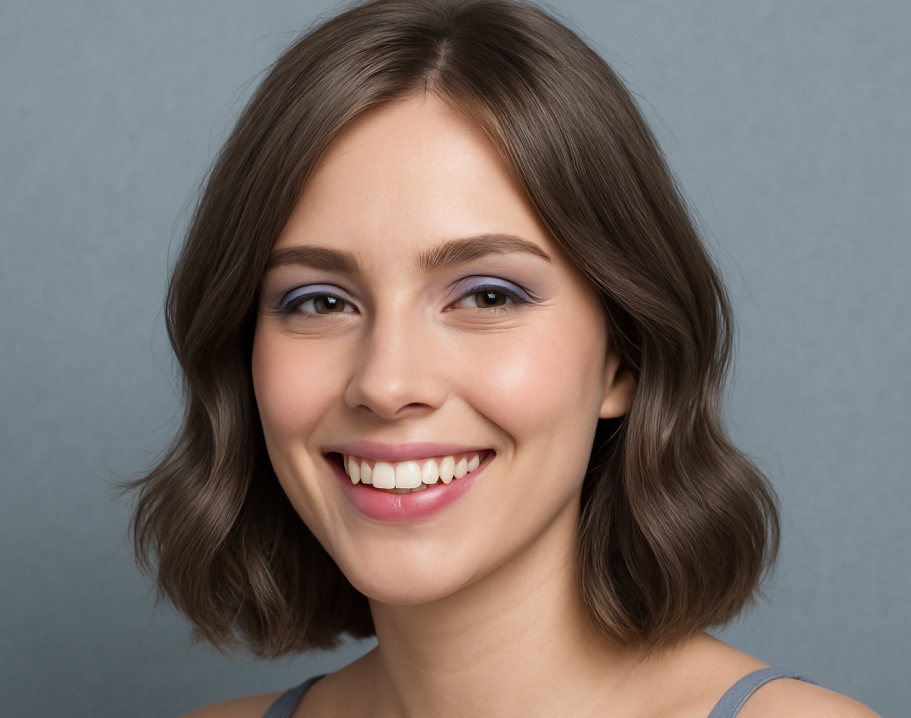
Deep Autumn hair colours are your signature – rich, warm, and luxuriously deep. They harmonise effortlessly with your intense, earthy palette. If you’re considering a refresh, look for shades that enhance your deep warm undertones and add glossy richness without fading into muted or ashy tones.
Deep Autumns shine in medium-deep to deep hues, with dark auburn, mahogany, and chestnut working best. Rich espresso, dark copper, and deep chocolate shades blend beautifully with your colouring.
Best hair shades:
Deep mahogany, dark chestnut, rich auburn, or espresso brown with a natural, glossy finish. These tones add depth and warmth, complementing your vibrant undertones.
Highlights:
Add subtle contrast with fine, warm-toned highlights in deep copper, rich caramel, or warm espresso. A soft balayage in dark warm shades can create natural dimension and movement without diluting your overall depth. Avoid light, cool, or ashy tones like silver, platinum, or ash blonde—they can appear dull or clash with your warm base.
A touch of personality:
Looking to add something a little different? Try a temporary tint in deep copper, mahogany, or aubergine. A peekaboo streak or softly toned warm glaze adds interest while keeping your look rich and radiant.
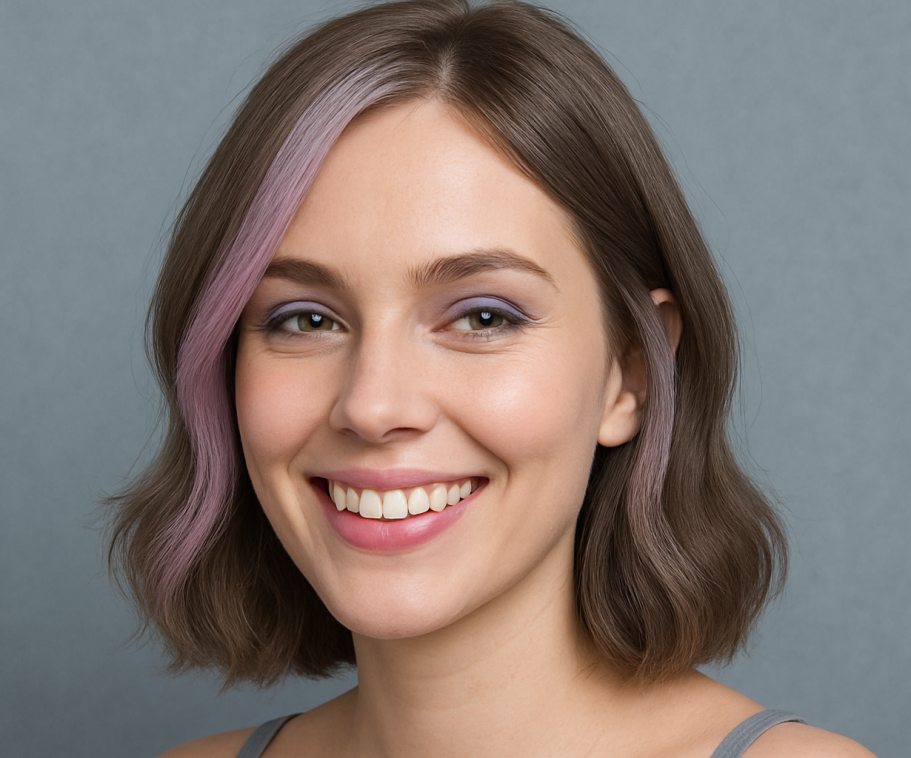
Texture matters too – soft waves, rich layers, or smooth, full-bodied styles all reflect the deep, vibrant energy of the Deep Autumn palette. Aim for natural movement and rounded shapes that enhance your rich colouring without looking stiff or overly styled.
Avoid cool, ashy dyes such as platinum blonde, silver, or ash brown, as these tones can create unwanted contrast and clash with your warm, deep undertones.
Your hair should feel like a natural extension of your Deep Autumn palette – warm-toned, glossy, and luxuriously vibrant, like sunlight filtering through a dense autumn forest.
A Little Extra Deep Autumn Sparkle
Deep Autumn is about more than just colour – it’s about embracing profound warmth, grounded confidence, and timeless radiance. Your makeup and hair choices are natural extensions of that deep, glowing beauty.
Swipe on a rich burnt sienna lip tint for an effortlessly polished everyday look, or add a touch of deep bronze or forest green eyeliner for subtle evening definition that enhances without overpowering.
If you are exploring sister palettes like True Autumn or Deep Winter, borrow thoughtfully – warm mahogany or spicy cinnamon can add variety while still complementing your deep, warm base.
You embody powerful sophistication, and your Deep Autumn palette helps you express that with warmth and ease.
Whether you prefer warm neutrals or a touch of deep, rich contrast, Deep Autumn is all about depth, vibrancy, and confident elegance – so lean in and let your natural glow shine through.
FAQ: Everything You Need to Know About Deep Autumn
Curious about mastering the Deep Autumn look? We’ve got you covered with answers to common questions and tips to help you shine with your rich, warm intensity.
Q: Can Deep Autumns wear black?
A: Yes, but choose softer black tones like charcoal or faded black rather than stark jet black. Deep Autumn’s rich, warm colouring can handle these darker shades well. Pair with warm accents like burnt sienna or forest green for balanced contrast.
Q: What’s the difference between Deep Autumn and True Autumn?
A: Both are warm-toned, but Deep Autumn has higher contrast and deeper intensity with colours like dark chocolate, deep olive, and aubergine.
True Autumn is warmer and softer, with earthier tones like burnt orange and olive green. If deep, bold shades suit you best, you’re likely a Deep Autumn.
Q: How do I know if Deep Autumn or Deep Winter is my best season?
A: Deep Autumn and Deep Winter share depth and contrast but differ in undertone. Deep Autumn is warm and golden; Deep Winter is cool and blue-based. Try comparing rich chocolate brown (Deep Autumn) to cool black (Deep Winter). If warm tones suit you better, Deep Autumn is your season.
Still unsure? Try our FREE Colour Analysis Quiz.
Q: Are There any Colours Deep Autumns Should Avoid?
A: Yes. Avoid icy blues, pale lavenders, and cool greys—they clash with your warm undertones and dull your richness. Also avoid bright or pastel colours lacking depth. Choose deep, warm shades like burnt sienna, deep olive, rich chocolate, and aubergine.
Q: Can Deep Autumns wear bold makeup looks?
A: Absolutely! Deep, warm tones like rich burgundy lips, smoky bronze eyes, or deep olive liners suit you perfectly. Avoid cool or pastel shades. Matte or satin finishes work best to enhance your natural depth.
Q: What’s the best way to test if I’m a Deep Autumn at home?
A: In natural daylight, hold Deep Autumn colours like deep olive, burnt sienna, or rich chocolate near your face. Do your skin and eyes look vibrant? Now try icy blue or pale pink—if they make you look dull, they’re not for you.
Bonus: Yellow gold, bronze, and copper jewellery harmonise well, while silver or white gold may seem too harsh.
Q: How do Deep Autumn colours work with my wardrobe?
A: Your wardrobe should feel rich, warm, and grounded. Build it around staples like dark olive jackets, chocolate brown trousers, or deep rust sweaters. Use deep neutrals like charcoal, warm black, and espresso, and add accents like burnt orange, moss green, or aubergine.
Avoid light, bright, or cool tones. Borrow from sister palettes like True Autumn’s warm earth tones or Deep Winter’s rich dark shades cautiously—always keep your palette’s warmth and depth front and centre.
